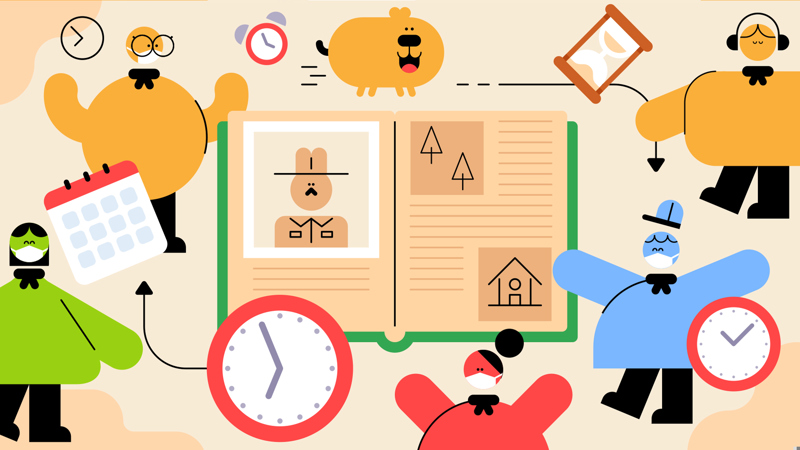
Tell an interactive Scouts story
You’ll need
- A copy of 'The story of Scouts'
Before you begin
- Use the safety checklist to help you plan and risk assess your activity. Additional help to carry out your risk assessment, including examples.
- Make sure all young people and adults involved in the activity know how to take part safely.
- Make sure you‘ll have enough adult helpers. You may need some parents and carers to help if you‘re short on helpers.
Talk about Scouts
- Everyone should sit in a circle.
- Ask everyone what they know about the Scouts and how the movement started.
- Everyone should take it in turns to share their ideas. It’s OK if some people know more than others – this activity is a chance for everyone to learn!
- Some things you can tell them are:
- Scouts exists in 216 countries across the world.
- Over 44 million young people take part worldwide.
- Our Chief Scout is currently Dwayne Fields.
- Scouts was started by Robert Baden-Powell in 1907.
- Scouts is the world's largest voluntary organisation for boys and girls.
- The sections in the UK are called Squirrels, Beavers, Cubs, Scouts and Explorers.
- Some famous Scouts have been Sir David Attenborough, Jamie Oliver, Alex Brooker, David Bowie, David Beckham, Andy Murray and Gareth Southgate.
Ready to race
- Someone should read ‘The story of Scouts’.
- Once you’ve read the story, give each player one of the highlighted words in the story. You could go around the circle giving each person one of the words in turn. The words are:
- Baden-Powell
- fun
- adventure(s)
- world
- Scout(s)
- Now, read the story again. This time, whenever a player hears their word they should stand up, run around the circle, then sit back down in their space.
- Remind people to listen carefully – some words (such as ‘world’ in world war) are less obvious.
- Instead of running around the circle, they could walk to the end of the meeting place, do an action or stand up instead if that works better.
Reflection
This game gave everyone the chance to find out more about how Scouts began, and what it means to other people. What does Scouts mean to the people here?
Everyone is part of the worldwide Scout movement. What do people think they could do, see, and experience as part of Scouts? People may think about going on different adventures, exploring new places or making new friends.
This game was also a chance for everyone to be physically active, as they raced around the circle or across the room from sitting down. Why is it important to be active? Did people enjoy being active in a fun game?
Can anyone think of any other games which are fun, but help people develop their balance, strength, agility and fitness?
Safety
All activities must be safely managed. You must complete a thorough risk assessment and take appropriate steps to reduce risk. Use the safety checklist to help you plan and risk assess your activity. Always get approval for the activity, and have suitable supervision and an InTouch process.
- Active games
The game area should be free of hazards. Explain the rules of the game clearly and have a clear way to communicate that the game must stop when needed. Take a look at our guidance on running active games safely.
The person leading the game can read the story as slowly or as fast as the group can manage. You could also give everyone (or some people) more than word each. You could also split Baden-Powell into two words.
To increase the challenge, pause just before some of the highlighted words. Can the groups guess what word comes next before it’s read out?
If anyone struggles to sit still and listen to the story, explore strategies with them. Perhaps something to fiddle with, such as a stress ball, would help.
You could adapt this activity so no one has to run – people could use a word or action to represent their word. For example, for ‘Baden-Powell’ everyone could shout ‘Be prepared!’, or for ‘Scout’ everyone could make the Scout Promise sign.
All Scout activities should be inclusive and accessible.
This game is a great way to introduce young people to their section and Scouts.
People could explore what Beaver Scouts is like in other countries. They could find out what they’re called, what they wear and their Promise. This could count towards requirement two of the Beavers International Activity Badge.
You could keep talking about Scouts after you’ve finished reading the story. Young people and volunteers could share things they know, and everyone else could keep running when their word is mentioned.
